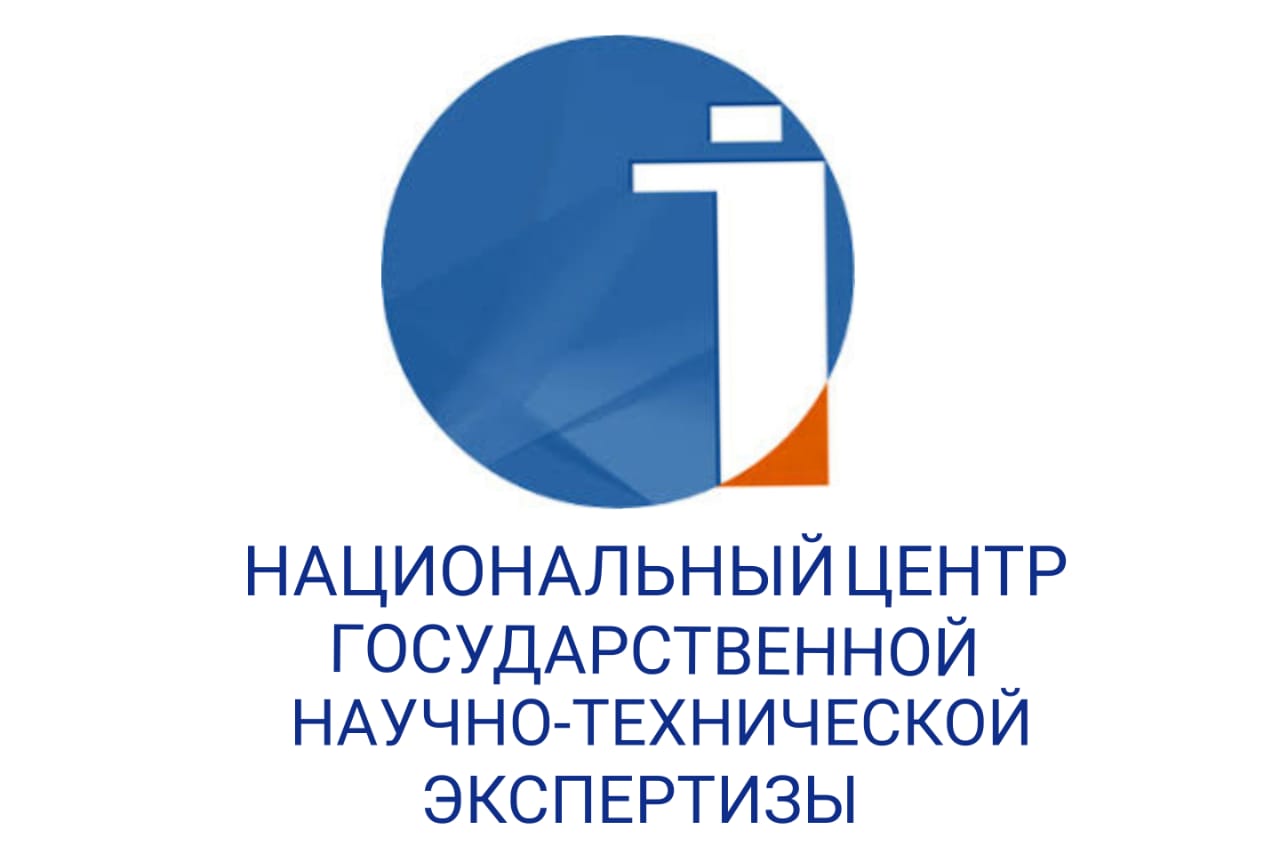COMPARISON OF LEXICAL-SEMANTIC GROUPS OF THE OLD UYGHUR AND KAZAKH LANGUAGES
DOI:
https://doi.org/10.48371/PHILS.2025.2.77.005Keywords:
Turkic languages;, Kazakh language;, ancient Uyghur language;, lexical-semantic groups;, comparison, semantic similarity, historical words, linguistic featuresAbstract
The article compares the lexical-semantic groups of the ancient Uyghur and Kazakh languages, which are related to the Turkic languages. The similarities of the words in the two languages are analyzed in terms of sound and meaning. The purpose of the article is to determine the extent to which the words used in the ancient Uyghur language are used in the modern Kazakh language, and to clarify their kinship by comparing the lexical-semantic groups of the two languages. The relevance of the article is that the lexical-semantic groups of the ancient Uyghur and Kazakh languages, which have never been considered extensively in the Kazakh language, are being scientifically addressed for the first time.
The examples given in the article were taken from the text of "Sekiz Yukmek Yaruk", which is considered a fictional sutra written in the ancient Uyghur language. The article uses comparative-historical, grouping, analysis, translation, and comparison methods. In order to achieve the goal of the article, the following results were achieved: words in both languages that convey abstract concepts, express the quality and quantity of objects, express actions, denote kinship relations, religious beliefs, names of natural and human organs, plants, animals, birds, were grouped and compared. Similarities and differences were analyzed. The article is of great practical and theoretical importance. It can be used as an auxiliary teaching tool for the subjects of the history of the Kazakh language and ancient Turkic languages.








